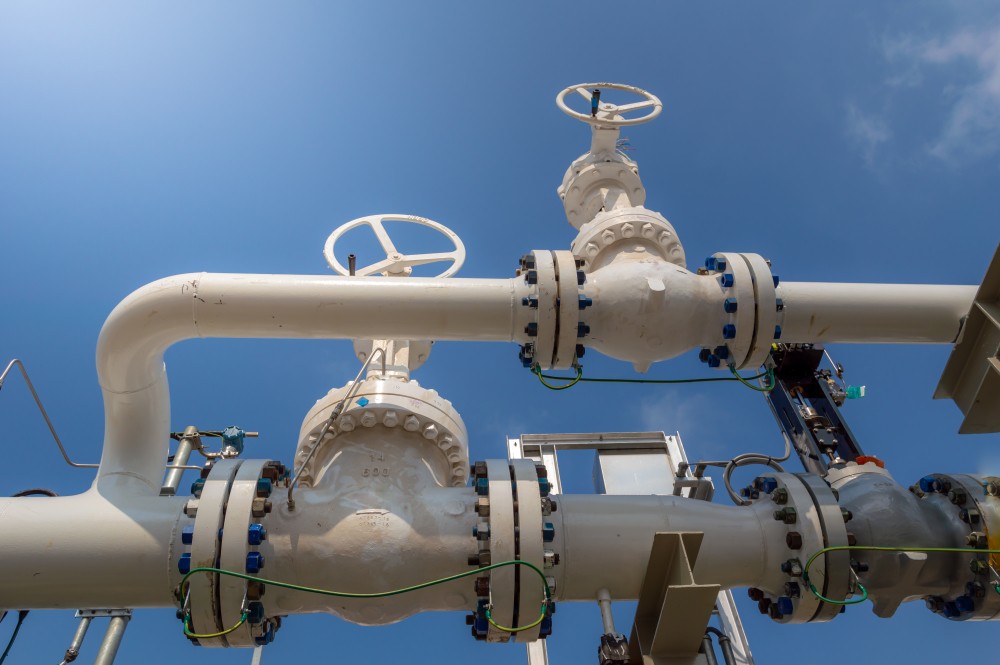We live in an era of unprecedented technological advancement, where innovative technology continues to reshape the world of work and business. From the proliferation of computers and the internet to the rise of artificial intelligence, there is no denying the transformative power of technology. Yet, despite this technological revolution, there needs to be more clarity between the promises of increased efficiency and the actual economic data. The term “technology efficiency” has become a buzzword, but is it reflected in our productivity numbers?
The Struggle of Productivity Growth
For decades, experts have touted technology as the driving force behind improved productivity, enabling us to work faster and better. However, the economic data in recent years presents a different story. Between 1974 and 2008, the UK experienced a remarkable annual productivity growth rate of 2.3%. During this period, businesses replaced old technology and created new technology jobs, enhancing the overall efficiency. However, since 2008, the rate of productivity growth has stagnated, plummeting to a mere 0.5% per annum. Even worse, the first quarter of this year saw a 0.6% decrease in UK productivity compared to the previous year.
Technology Jobs: Understanding the Discrepancy
The mismatch between rapid technological advancements and slow productivity growth raises questions about its underlying causes. Several factors might contribute to this apparent paradox. First, the transition from old technology to new technologies often accompanies a learning curve, which could temporarily hinder productivity. Second, as technology advances rapidly, businesses might need help to keep up, leading to inefficient technology adoption and utilization.
In conclusion, while we are undoubtedly amidst a technological revolution, the link between innovation and productivity growth still needs to be discovered. Technology efficiency portrays an optimistic picture of a future where streamlined work and thriving businesses prevail. However, the economic data tells a different story, indicating that we are facing challenges in fully realizing the potential of technology to enhance productivity. A comprehensive understanding of the intricacies involved in adopting and integrating technology drivers is crucial to bridge this gap.









COMMENTS